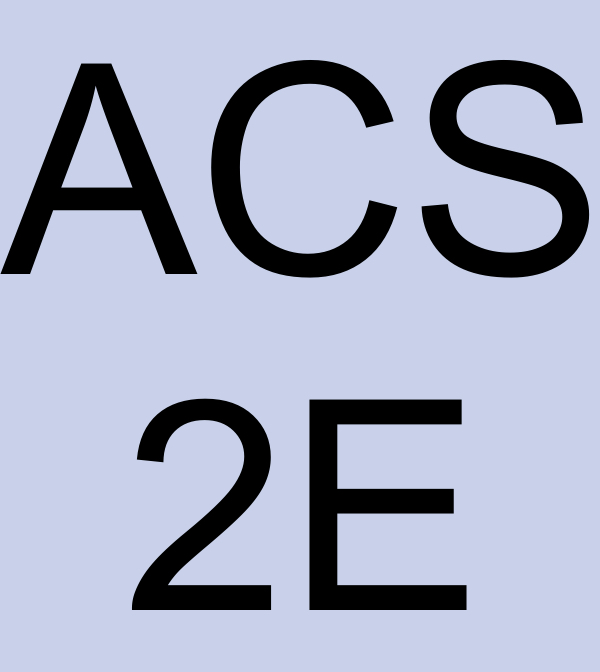Preview Activity 6.5.1.
A company with a large customer base has a call center that receives thousands of calls a day. After studying the data that represents how long callers wait for assistance, they find that the function \(p(t) = 0.25e^{-0.25t}\) models the time customers wait in the following way: the fraction of customers who wait between \(t = a\) and \(t = b\) minutes is given by
\begin{equation*}
\int_a^b p(t) \, dt\text{.}
\end{equation*}
Use this information to answer the following questions.
(a)
Determine the fraction of callers who wait between 5 and 10 minutes.
(b)
Determine the fraction of callers who wait between 10 and 20 minutes.
(c)
Next, let’s study the fraction who wait up to a certain number of minutes:
-
What is the fraction of callers who wait between 0 and 5 minutes?
-
What is the fraction of callers who wait between 0 and 10 minutes?
-
Between 0 and 15 minutes? Between 0 and 20?
(d)
Let \(F(b)\) represent the fraction of callers who wait between \(0\) and \(b\) minutes. Find a formula for \(F(b)\) that involves a definite integral, and then use the First FTC to find a formula for \(F(b)\) that does not involve a definite integral.
(e)
What is the value of \(\displaystyle \lim_{b \to \infty} F(b)\text{?}\) What is the meaning of this limit in the context of the problem?

